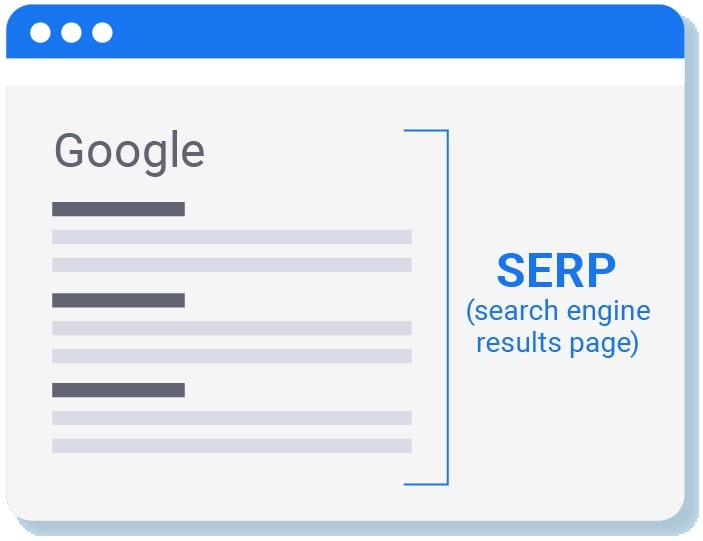Meta descriptions play a pivotal role in how search engines and users perceive your content. Although these descriptions don’t directly influence search rankings, they significantly affect user engagement, click-through rates (CTR), and overall SEO performance.
The Importance of Meta Descriptions
Meta descriptions often serve as the first interaction potential visitors have with your site. Therefore, crafting informative and enticing descriptions is critical. Much like introducing yourself at a networking event, careful word choice can make a lasting impression.
As search engines focus more on user experience, especially with the rapid advancements in AI and semantic search, 2025 is the perfect time to optimize your meta descriptions. A well-crafted meta description can be the key factor in driving clicks to your site over competitors’.
Understanding Metadata
Metadata, including meta descriptions, provides context about a webpage’s content to search engines, aiding in indexing and improving search result relevance. Though meta descriptions don’t appear on the page itself, they often show up in search results, influencing user decisions to click.
Characteristics of Good Meta Descriptions
A compelling meta description should be concise (around 150-160 characters), informative, and enticing. It should spark curiosity and clearly convey what the user can expect from the page, indirectly boosting SEO by improving CTR.
Search engines like Google monitor user interactions with search results. An engaging meta description that generates clicks signals to search engines that your page is relevant and engaging, which can indirectly improve its ranking.
With advancements in semantic search algorithms, meta descriptions must convey context along with keywords. Implementing structured data (schema markup) can further assist search engines in understanding your content, linking it to broader concepts or entities, thereby enhancing rankings for long-tail or voice search queries.
Best Practices for Meta Descriptions
- Optimal Length:
- Aim for 150-160 characters to avoid truncation by Google.
- Address User Intent:
- Clearly address the search query’s intent, showing how your page meets the user’s needs.
- Incorporate Keywords Naturally:
- Though keywords don’t directly impact rankings in meta descriptions, they can make your listing stand out in SERPs.
- Encourage Action:
- Include a soft call to action (e.g., “Learn more,” “Get started today”) to encourage clicks.
- Spark Curiosity:
- Provide a hint of the information available on your page to entice users to click.
- Dynamic Meta Descriptions for Ecommerce:
- Use dynamic meta descriptions for large sites to include product names, categories, and prices while ensuring readability.
- Use Schema Markup for Rich Snippets:
- Enhance metadata with structured data to improve visibility through rich snippets.
- Test and Tweak Regularly:
- Continuously review and adjust your metadata to align with evolving user behavior and search algorithms.
Common Pitfalls to Avoid
- Keyword Stuffing:
- Overloading meta descriptions with keywords can reduce readability and user engagement.
- Vague or Misleading Descriptions:
- Ensure your meta description accurately reflects your page content to prevent high bounce rates and negative SEO impact.
- Duplicating Descriptions Across Pages:
- Unique meta descriptions for each page prevent confusion for search engines and improve relevance.
- Overly Long Descriptions:
- Stick to the recommended length to ensure clarity and completeness in search results.
- Ignoring Voice Search:
- Optimize for natural, conversational language to cater to voice search users.
- Not Incorporating User Intent:
- Align meta descriptions with searcher intent to increase relevance and clicks.
- Relying Solely on Keywords:
- Consider context and user needs alongside keywords to maximize effectiveness.
- Forgetting to Update Meta Descriptions:
- Regularly refresh your metadata in line with content updates and SEO best practices.
Dynamic Search Results
With personalized and dynamic search results becoming more common, factors like location, device, or search history can influence the meta description shown. Despite this flexibility, following best practices ensures that your meta descriptions remain effective and relevant.
Google may rewrite meta descriptions for various reasons, such as improving relevance, fitting length or structure preferences, or filling in missing information. While disconcerting, these rewrites usually aim to enhance user experience and align more closely with searcher intent, often improving CTR.
By adhering to these guidelines and regularly reviewing and updating your meta descriptions, you can significantly boost your SEO performance and user engagement, making your content stand out in search results.
